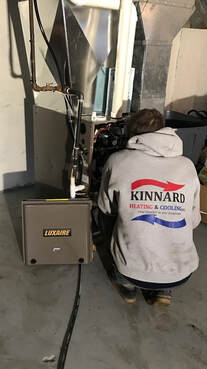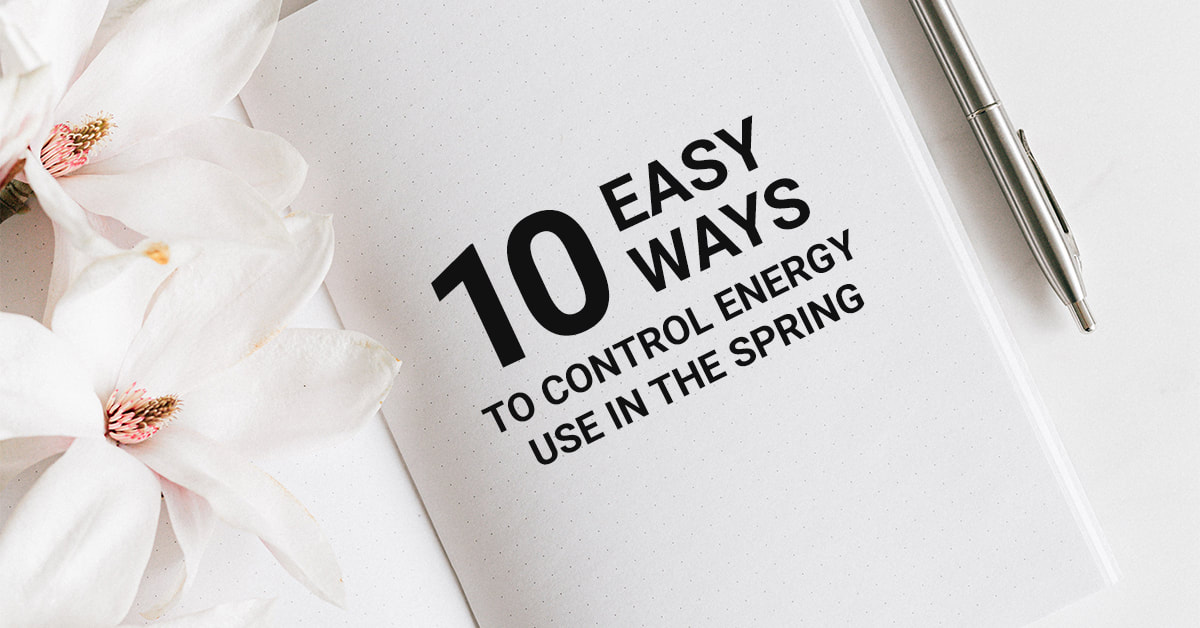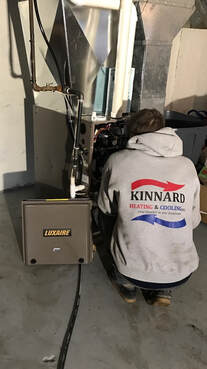1 Comment
 Plan ahead when making a new furnace purchase. When winter rolls around there is nothing more important than your home heating system. That is why when you go to buy a furnace it is important that you take the time to learn about the different options available to you. Characteristics of your new furnace, such as efficiency, size, and type, all have implications on the amount of money you are going to spend to operate the unit during the peak heating season, as well as how long your system is going to perform at peak levels. For example, you should always go with the most efficient furnace that you can afford. Furnace efficiency is a measurement of how much of the energy put into a furnace is converted into heating power for your home — measured in AFUE (the Annual Fuel Utilization Efficiency). Minimum-efficiency furnaces must reach 80 percent AFUE in order to comply with regulations. At the other end of the spectrum, the iQ Drive® modulating gas furnace reaches 97 percent AFUE. With the iQ Drive gas furnace, only 3 percent of the energy you put into the unit escapes up the flue. Essentially, you are using less natural gas to heat your home, which can lower your monthly utility costs. Here are a few more things you should keep in mind when purchasing your new home furnace: System TypeCentral heating and cooling systems can be laid out two different ways. You can have either a split system or a packaged system. Split systems are what people commonly associate with heating and air conditioning — comprised of a condensing unit, furnace and coil that sit on top of your furnace. However, many people who don’t have basements, crawl spaces and attics have to choose a system that can provide the same heating and cooling capabilities of a split system without having to find the room for a cumbersome indoor component. If this is the case in your home, you may want to explore your packaged system options. These systems contain your heating and cooling components in one, convenient outdoor unit. If you currently have a split system, but want to free up some extra space in your home, you can always switch to a packaged unit. The same works for people who currently have packaged systems, but would like to switch to a split system. Your local contractor will be able to recommend the heating system that is right for your home. Fuel SourceWhether you want gas, electric or oil heating, there are options available. However, there are several important things you should know about each type. Gas furnaces run off of natural gas and are the most economical way to heat your home when temperatures drop below freezing. An oil or propane furnace is a powerful source of heat as well, but it requires more room for storage, is dirtier than a natural gas furnace, and can be significantly more expensive to operate (depending on oil prices). However, it is an alternative to a gas furnace in areas that don’t have gas lines — particularly older homes. The third choice, the electric furnace, is also an alternative to natural gas furnaces, but they can be a drain on the bank account. Electric furnaces must create original heat from electricity, which can significantly run up your meter. A most economical solution is the electric-powered heat pump. These systems transfer heat from one air stream to another — using less electricity. They also act as an air conditioner during the summer. So, for some homeowners, a heat pump can meet all heating and cooling demands. Zoning SystemsDifferent parts of your home may get hotter or colder faster depending on a number of construction and location factors. If your thermostat is located near one of these areas, you could experience hot and cold spots throughout your home, or you could be using more energy than necessary to keep your home at a set temperature. A zoning system helps solve both of these problems. These systems divide your home into groups called "zones.” Each zone is controlled by a separate thermostat. Additionally, dampers within your ducts can open or shut off access to different zones in order to even out temperatures throughout your home and make sure you are using just the right amount of energy to keep your home comfortable. Indoor Air QualityIf you have a furnace in your home, you most likely have a furnace blower that distributes heated and conditioned air throughout your home. Inside your ducts, you could have additional indoor air quality systems that help generate clean air for your home. Make sure that when you are having your furnace serviced or a new furnace installed, you have your contractor take a look at the filters. Your furnace filter should be changed approximately twice a year (right before the heating season and then again right before the cooling season). You will breathe easier knowing you have a clean filter. Variable Speed BlowersThere are two types of furnace blowers — the variable-speed blower and the fixed-speed blower. Variable-speed blowers can be beneficial if you want premium home comfort. Variable-speed blowers are able to do just what the name implies — vary the speed of your blower as it distributes air through your home. This means the air being distributed through your home can be a more consistent temperature and the unit will operate quietly. Installation QualityIt is dangerous to compromise quality installation for savings when it comes to furnace installation. An improperly installed furnace can face performance issues, which can be taxing on your wallet in the long run. Heating systems are complicated — meaning not just anyone is going to be able to install a heating system in your home. If you are investing in an efficient system, you should be able to expect the rated efficiency and a poorly installed unit may not be performing at its efficiency potential. Furnace PricingAlthough the actual furnace will comprise the main chunk of your installation costs, there are other things that need to be taken into consideration when budgeting for a new furnace. Other costs associated with furnace installation include: the size of the unit, additional fixes that may need to be made to the air distribution system, the costs of labor, indoor air quality features, and more. Think of furnace costs as an investment in your home comfort. If you just throw a new system in your home without exploring your system options, you may be losing expected efficiency or could be compromising the quality of your indoor air. Correct Sizing MattersHaving a correctly sized system is important for overall home comfort. Although a bigger furnace is going to be more expensive, you don’t really have a choice in the matter. When your contractor comes to your home to give you a quote, they should perform a Manual J load calculation to find out the system size you need (measured in BTUs or tons). This calculation takes your entire home into account — from square footage to window efficiency. If your contractor gives you a quote over the phone, without looking closely at your home, that is a big red flag. Systems that are too small or too large will never heat your home properly, could always be running, or burn out sooner than expected. WarrantyEach Frigidaire furnace, air conditioner and heat pump comes with a 10-Year Limited Long Parts Warranty when the unit is registered. This warranty covers the costs of parts if the unit were to require a repair within that 10-year period. However, the costs of labor and refrigerant are not included. Make sure to talk to your contractor and ask whether they offer a labor warranty, like the Contractors’ Preferred Protection Plan, to round out your system warranty coverage. Rebated and IncentivesInvesting in high-efficiency equipment offers other perks in addition to utility bill savings. High-efficiency heating equipment can qualify for local utility incentives and rebates that can result in money back in your pocket. Check out our current promotions and talk to your local contractor to find out whether the new furnace you want qualifies for any incentives. If you’re having trouble with your furnace, heat pump or heating system here are a few simple tips to try before setting up a service appointment.
1. Check to make sure that the thermostat is set in the HEAT position. 2. Make sure that the temperature setting on the thermostat is set HIGHER than the current indoor temperature. 3. Ensure that there’s power to the furnace: Try turning the fan to “ON” on the thermostat to test for power to furnace. If no action, reset the breakers at the electrical panel, especially if the thermostat is showing a blank reading. 4. Is there any air coming out of your vents? Check all return air grilles and registers. Make sure they are not blocked by furniture and are open and blowing air. 5. Check to see if your filter needs to be changed. They should be changed about once a month to ensure peak performance in your comfort system. When thinking about changing your filter don’t forget to include any time that there is a high volume of foot traffic. Holidays and times when doors will be open more often might require you change the filter more, as well as pet dander. We also offer our exclusive Energy Savings Program. When you sign up, your filter will be changed at each tune up. To schedule, call today 920-465-6689 or 920-743-3333. |
|

